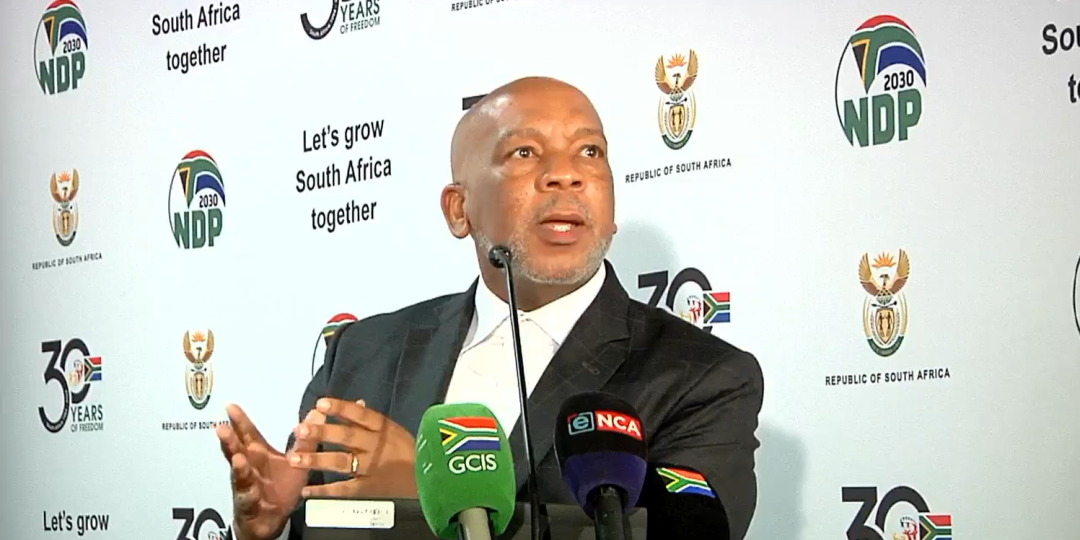After 26 days without loadshedding, Eskom has turned a corner.
This is according to the Minister of Electricity, Kgosientsho Ramokgopa, who spoke at the weekly briefing on the implementation of the Energy Action Plan.
Eskom’s maintenance and generation capacity is steadily increasing while there is an aggressive rollout of renewable energy, mainly residential solar, making load shedding unnecessary, “but load shedding is not behind us, as there will be unforeseen disruptions”, he added.
He added that Eskom’s power generation can be expected to improve in the near future, with a plan to add 2 580 MW of generation over the next six months. This increase will come from Unit 4 at Medupi, which is on track to come online in September this year, and Unit 6 at Kusile, which will follow in the coming months. Kusile nuclear power station is expected to obtain a renewed license by September, which will increase the power station’s working life by a further 20 years, he said.
The 540 MW solar and 225 MW battery storage Scatec ASA project in Kenhardt in the Northern Cape, which recently became fully operational, is also expected to contribute substantial supply to the grid. For more on this story, click here. Eskom has a 20-year power purchase agreement with Scatec ASA. The project will produce 150 MW of dispatchable power per day from 05h00 to 21h00.
The minister addressed recent comments by John Steenhuisen, leader of the DA, claiming that Eskom was keeping load shedding at bay until the national elections. He said Eskom was able to keep the lights on by using more diesel than budgeted in its open-cycle gas turbines.
“This comment is unsubstantiated and preposterous,” Ramokgopa said. He said that although the open-cycle gas turbines were part of Eskom’s fleet, the load factor for these turbines had reduced. “The open-cycle gas turbines come into effect at peak times in the morning and evening, but we are engaging them less,” he said.















